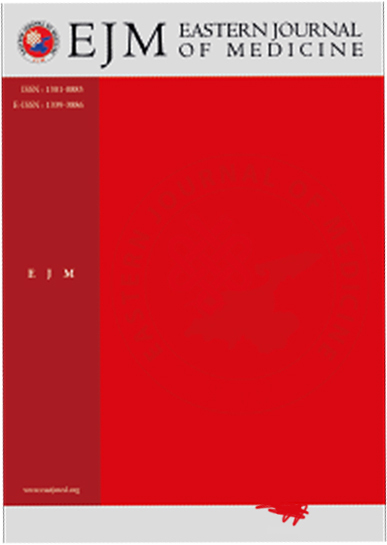The Outcomes of Open Reduction by the Medial Approach for Developmental Dysplasia of the Hip in the 3-18 Months Old Patients
Tülin Türközü1, Savaş Güner2, Mehmet Fethi Ceylan3, Necip Güven11Republic Of Turkey Ministry Of Health, Health Sciences University, Van Education And Research Hospital Department Of Trauma And Orthopedic Surgery, Van, Turkey2Yuzuncu Yil University Medical School Hospital, Department Of Trauma And Orthopedic Surgery, Van, Turkey
3Inonu University, Facult Of Medicine, Department Of Trauma And Orthopedic Surgery Malatya
INTRODUCTION: This study has aimed to evaluate the outcomes of open reduction technique by the medial approach performed in the 3-18 months old infants.
METHODS: The patients who were undergone open reduction by the medial approach for typical dysplasia of hip between the years 2007-2011 were screened retrospectively. The study included 28 hips of 19 patients. The correction percentage of acetabular index was calculated by acetabular angle measurements performed prior to operation and at the last control examination. Avascular necrosis was classified by the criteria of Kalamchi-MacEwen while radiological and clinical evaluations were performed using Severin and McKay criteria.
RESULTS: The mean age at surgery was 12.1 months (3-18 months) while mean follow-up period duration was found 18.6 months (6-48 months). According to Severin radiological criteria, 9 (32.1%) and 9 (32.1%) hips were evaluated as excellent and good, respectively. Whereas, according to the evaluation based on McKay criteria, 22 (78.6%) and 6 (21.4%) hips were found excellent and good, respectively. Avascular necrosis of the femoral head was encountered in 3 (10.7%) of the 28 hips. According to the criteria of Kalamchi-MacEwen Classification; 2 and 1 hips revealed Type I and Type 4 avascular necrosis, respectively.
DISCUSSION AND CONCLUSION: We have encountered according to outcomes data of this study that open reduction technique by the medial approach for treatment of developmental dysplasia of the hip presented more successful clinical and radiological outcomes in the 3-12 months old infants compared with its application in the 13-18 months old infants.
Manuscript Language: English














